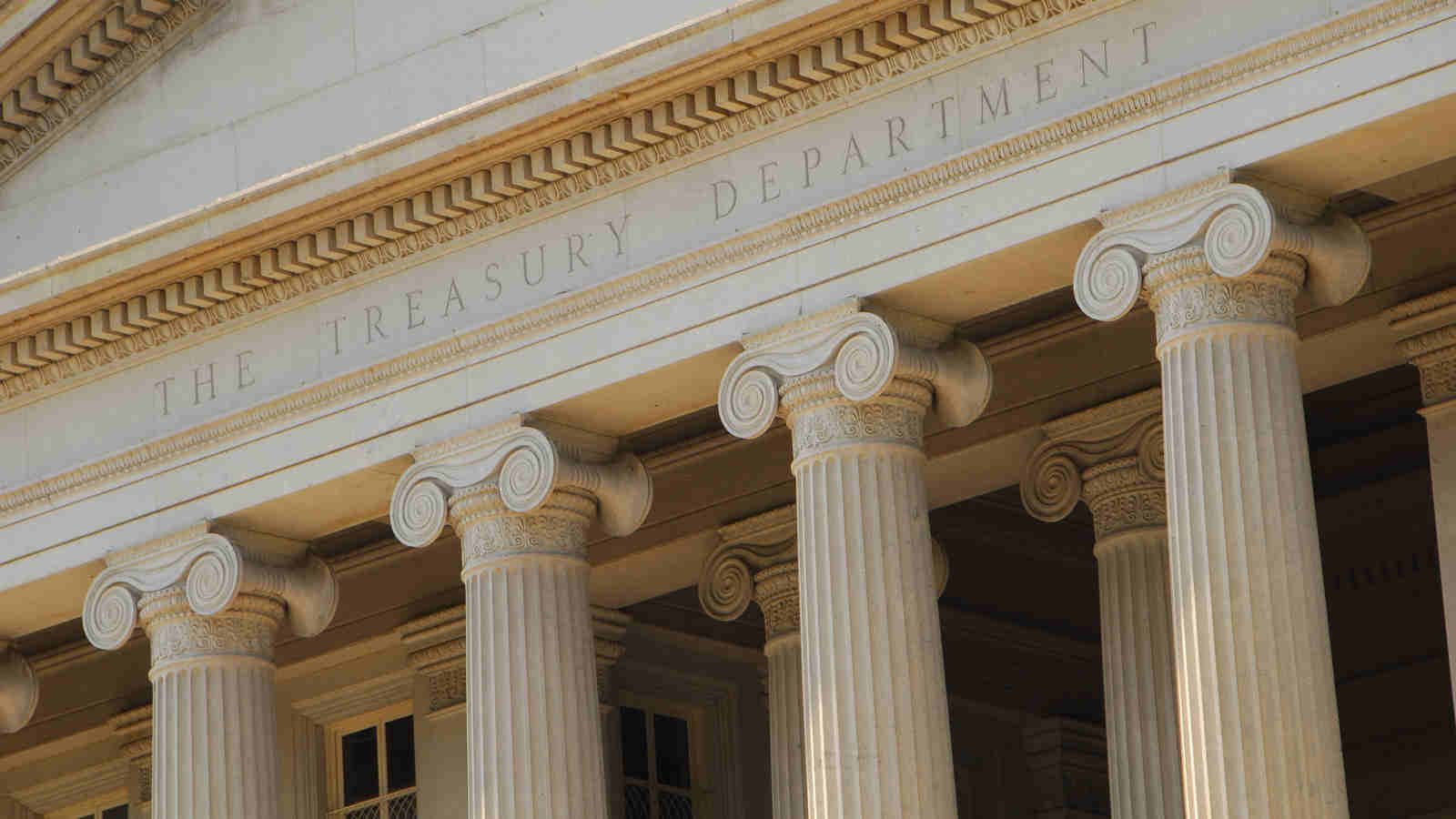
Everyone’s favorite stock broker turned Chief Economist, Peter Schiff, recently shared a doomsday-esque post with his nearly 1 million followers on X, the platform formerly known as Twitter. Schiff predicted an imminent recession off the back of a U.S. Treasurys crash.
Is Schiff on to something?
Well, maybe. According to Schiff, a Treasurys crash will force the value of the dollar to plunge, which will lead to a brutal economic downturn — one in which the “standard of living” in the country will drop dramatically.
This take comes as a viral continuation to a series of pessimistic posts Schiff has made on the platform of late. On Oct. 25, Schiff claimed that U.S. Treasurys are “now the ultimate risk asset, as losses are guaranteed,” even going so far as to claim “everyone who owns U.S. [dollars] will also get destroyed.”
Schiff has also paralleled the current situation to the 1987 stock market crash, pointing out that 10-year Treasury yields climbed to more than 10% by October of that year with little reaction from equity markets, only for stocks to plunge later through the rest of the year. This includes the infamous 22.6% Black Monday stock market crash on Oct 19, 1987.
Not for nothing, the state of U.S. debt has been dubious to say the least. If you recall, several credit rating agencies downgraded the quality of U.S. credit during the summer. A response to the debt ceiling crisis that nearly resulted in a U.S. debt default, this year’s credit downgrades come as the first of their kind in U.S. history.
Treasurys have been in something of a weird place since then. Recently, 10-year Treasury yields even topped 5% for the first time since 2007. While this is far from the 10% rates of 1987, for those on recession watch, it’s seemingly a confirmation of trouble afoot. That said, the jury’s still out on whether Treasurys represent the make-or-break variable in a burgeoning economic crash.
Economists Abuzz Over Treasurys
Treasurys are typically considered a flight-to-safety asset. That is, when uncertainty rises in the market, threatening the viability of riskier equity-based investments, investors flock to Treasurys and bonds for safe and steady returns.
Reasonably so. Despite all the noise, the U.S. has still never actually defaulted on any of its debts. Treasurys are, on paper, a guaranteed return on investment.
Still, things have been changing. Treasury yields have been climbing across the board, reflecting the fact that the stability of the U.S. economy is increasingly being called into question. As uncertainty rises, Treasurys offer higher yields to further incentivize investments.
Economists have long been ringing alarm bells over an impending recession, although clearly the economy hasn’t quite received the notice yet. Stocks are still well in the green this year, unemployment has held strong under 4% and inflation has made some notable improvements, even despite a historically hawkish Fed. But as Schiff has repeatedly suggested, that certainly doesn’t mean we’re out of the woods yet.
“I struggle to see how the recent yield moves don’t increase the risk of an accident somewhere in the financial system given the relatively abrupt end over recent quarters of a near decade and a half where the authorities did everything they could to control yields […] So, risky times,” said Jim Reid, a strategist at Deutsche Bank.
On the date of publication, Shrey Dua did not hold (either directly or indirectly) any positions in the securities mentioned in this article. The opinions expressed in this article are those of the writer, subject to the InvestorPlace.com Publishing Guidelines.




